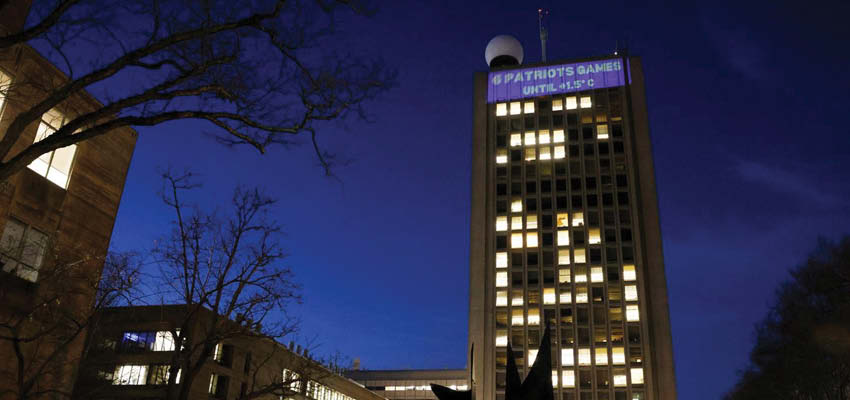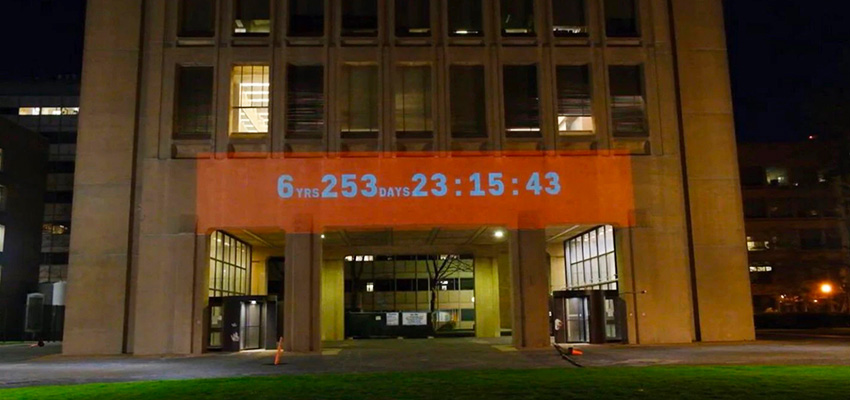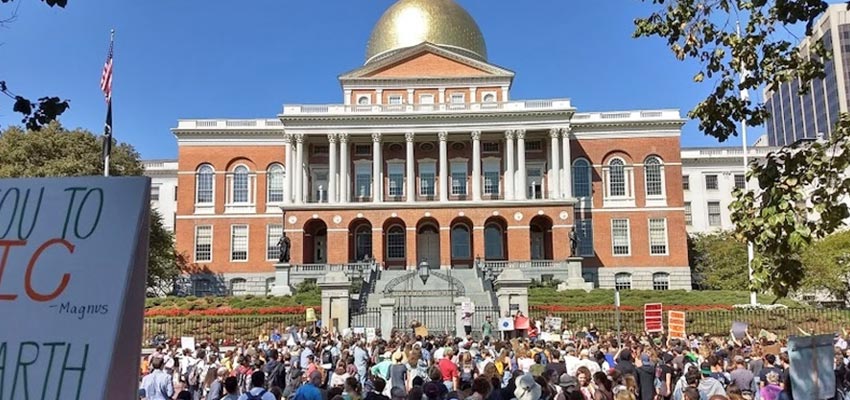
Understanding MIT building energy consumption to inform a technologically feasible recommendation on how to achieve net zero emissions within MIT.
Class
D-Lab: Water, Climate Change, and Health
Community partners
- Rick Clemenzi
- Judy Siglin
Amro Farid
Paul Ricci
Siobhan
Location
Cambridge, Massachusetts
Student team
MIT students unless otherwise noted.
- Einat Gavish ‘23
- Kiran Mak ‘25
- Udita Bajaj ‘22 (Wellesley)
Problem framing
In its Fast Forward Climate Action Plan for the decade, MIT outlines a goal of reaching net zero emissions by 2026. A major contributor to MIT’s emissions are the heating and cooling needs of its buildings, and any attempt to reach net zero emissions requires an improvement to the heating and cooling systems as well. Specifically, we propose that an Advanced Thermal System and storage, which takes a more holistic view to heat systems in order to increase efficiency, would be a more sustainable alternative. This proposed solution first requires an analysis of MIT’s current electricity, chilled water, and steam usage on both a macro system-level scale and a micro building-level scale. Then, this analysis can be used to identify the main issues with MIT’s current system, as well as to create a generalized model of different kinds of buildings on campus, and identify and simulate how heat pump-based solutions can achieve net zero. The ultimate outcome of the project would be convincing the MIT administration of the feasibility and benefits of an Advanced Thermal System.
Work done so far
In the project so far, we have cultivated relationships with relevant MIT facilities employees to access data for buildings, and done a preliminary data-cleaning and analysis. We have looked at data at a monthly resolution from the sustainability data-pool, and used that to make choropleth maps and to do a principal component analysis to cluster like buildings. We have also looked at some hourly data for representative buildings on campus and created plots to help model their energy needs, including a Fourier analysis to look at the cyclicality of the data. All data analysis is available here.
Hand-off to partner, next steps
Next steps in the project could include expanding the data analysis beyond the three representative buildings to other buildings with available data. One could also specifically look at how heat pumps and other components of an Advanced Thermal System could be applied on both a building and system level, utilizing the building clustering already performed.
Contact
Susan Murcott, D-Lab: Water, Climate Change, and Health Instructor
Julie Simpson, D-Lab: Water, Climate Change, and Health Instructor
Kiran Mak, '25, Net Zero Buildings for MIT project member







